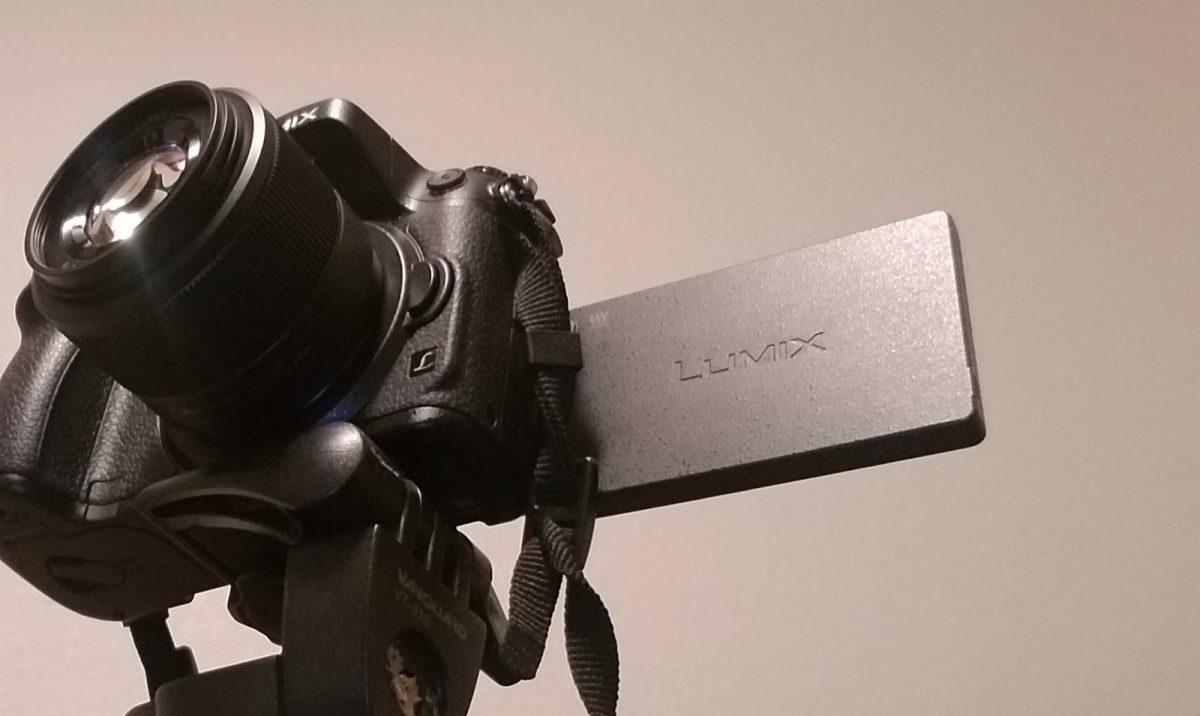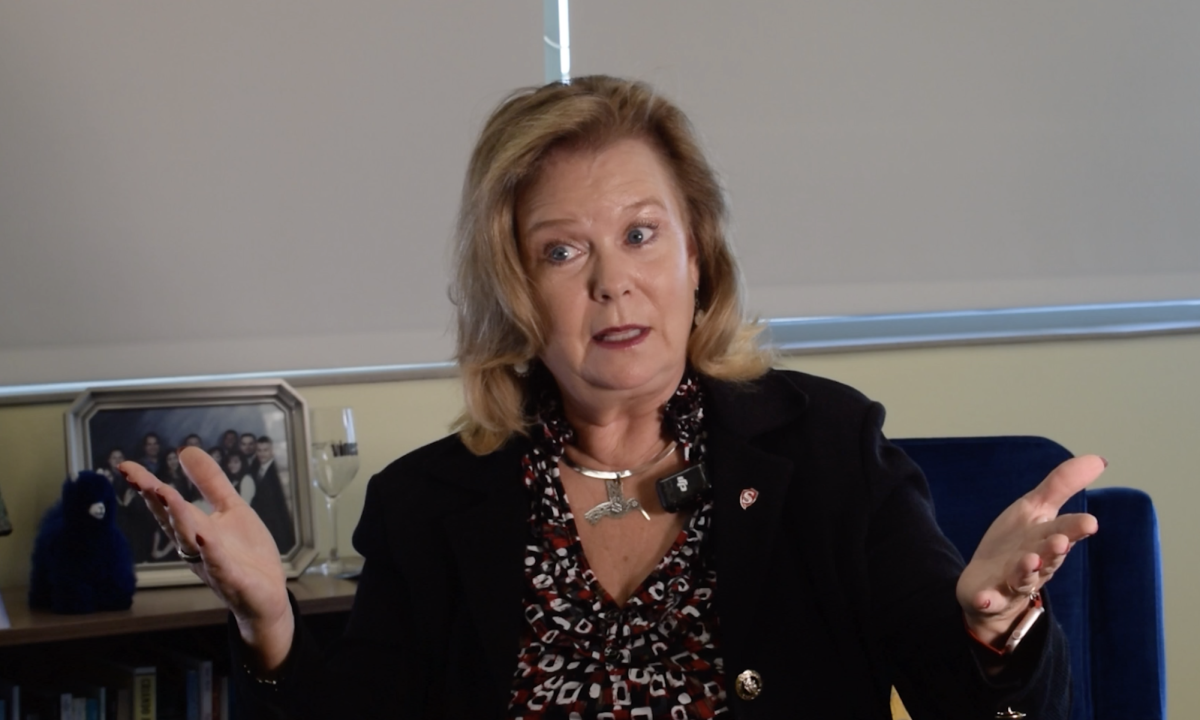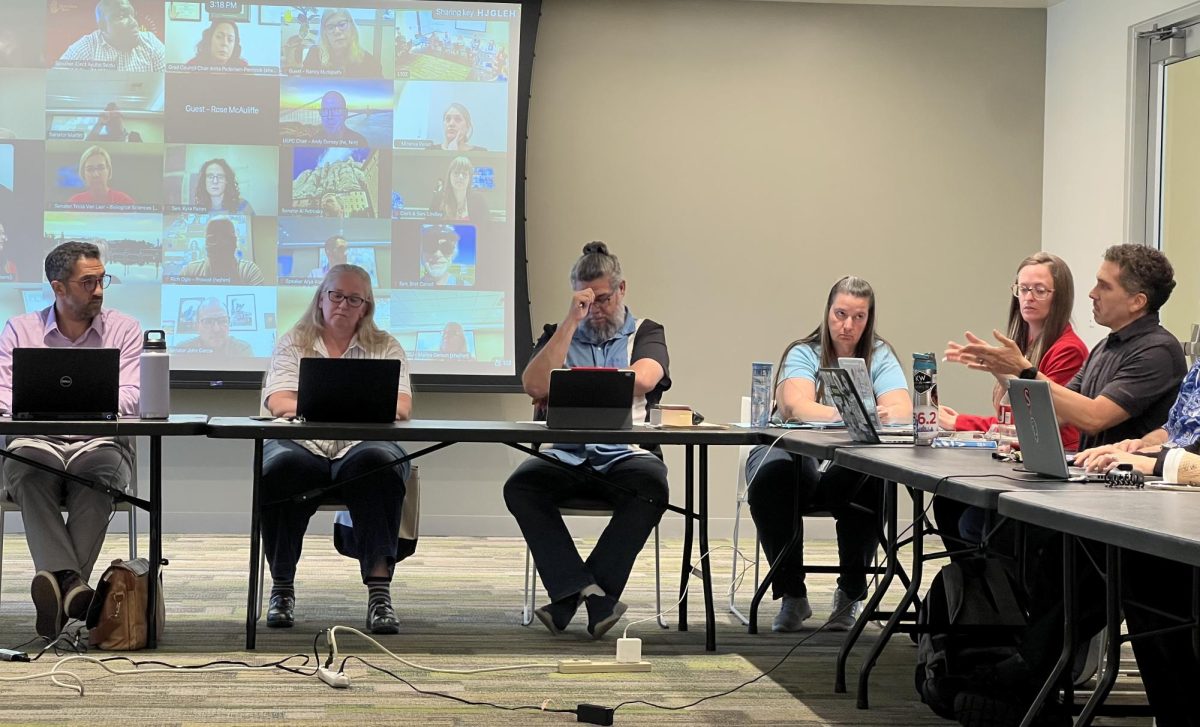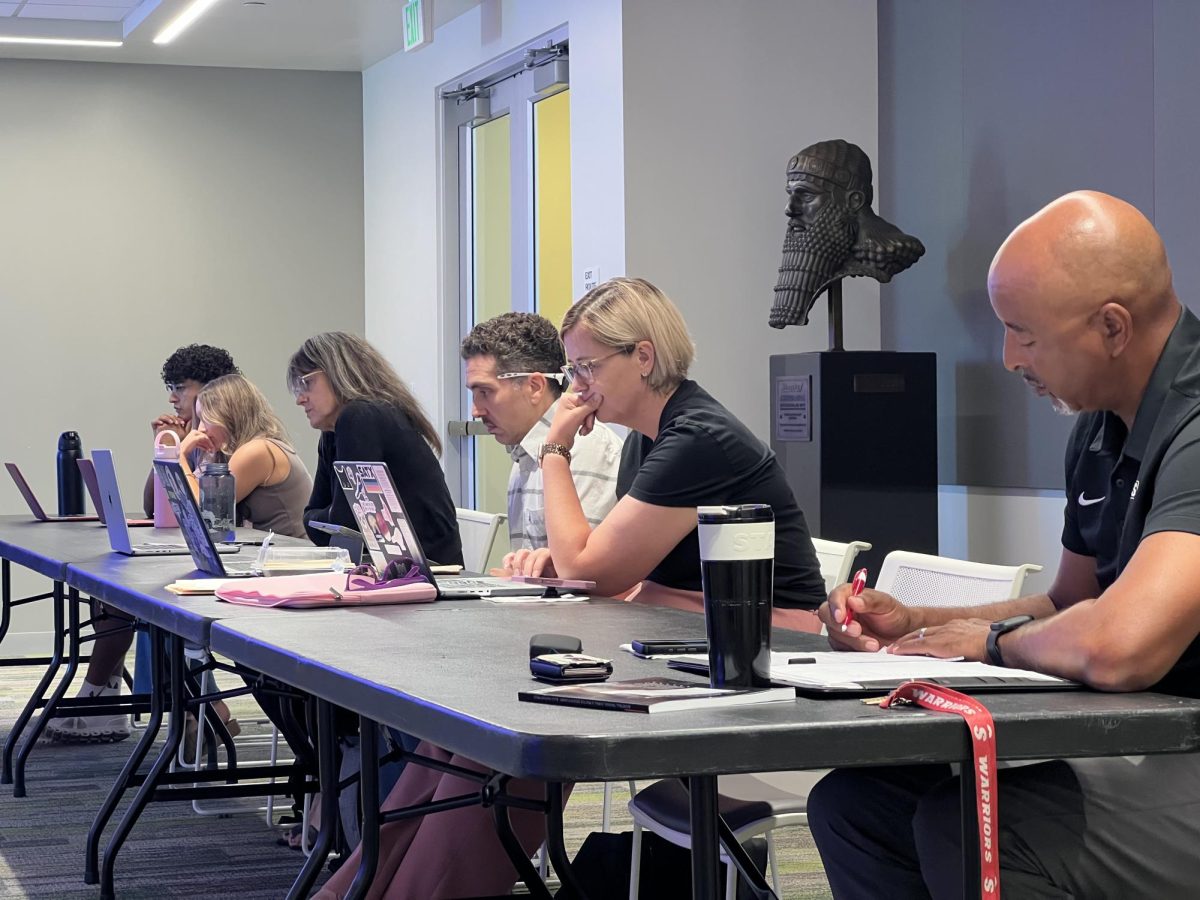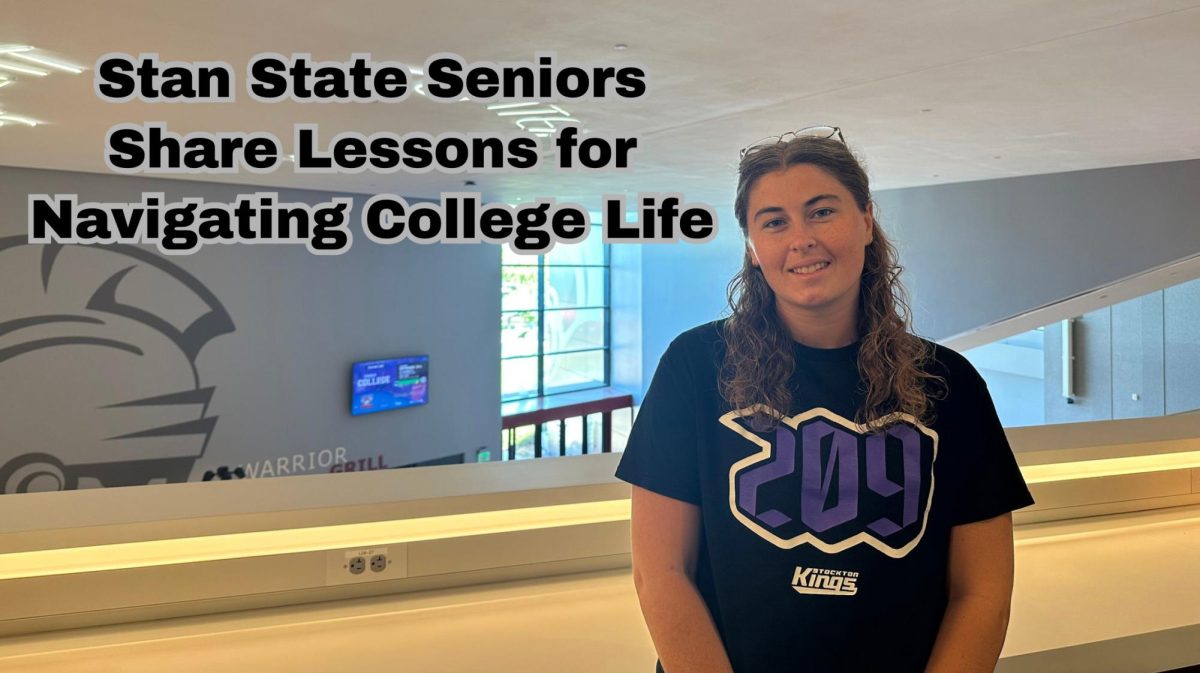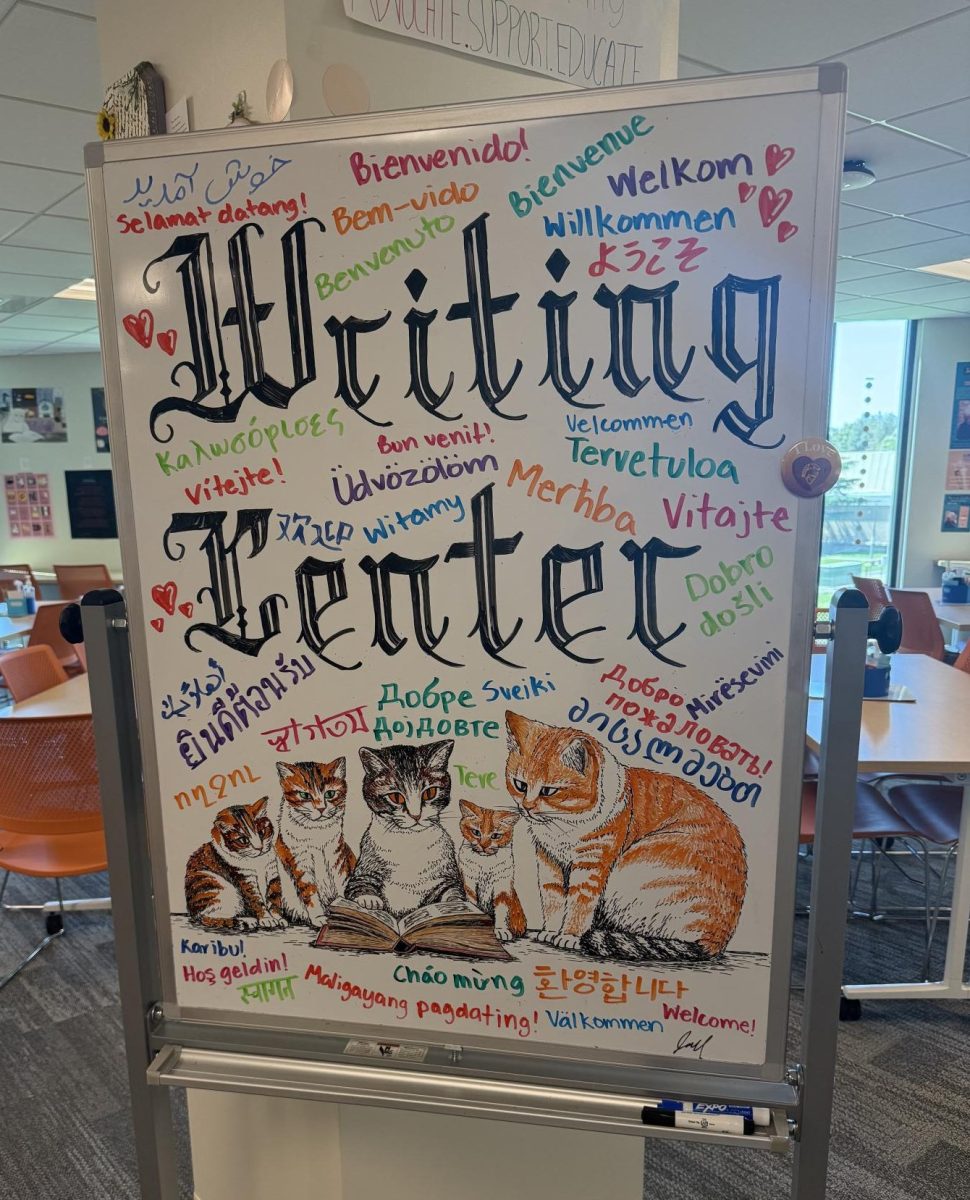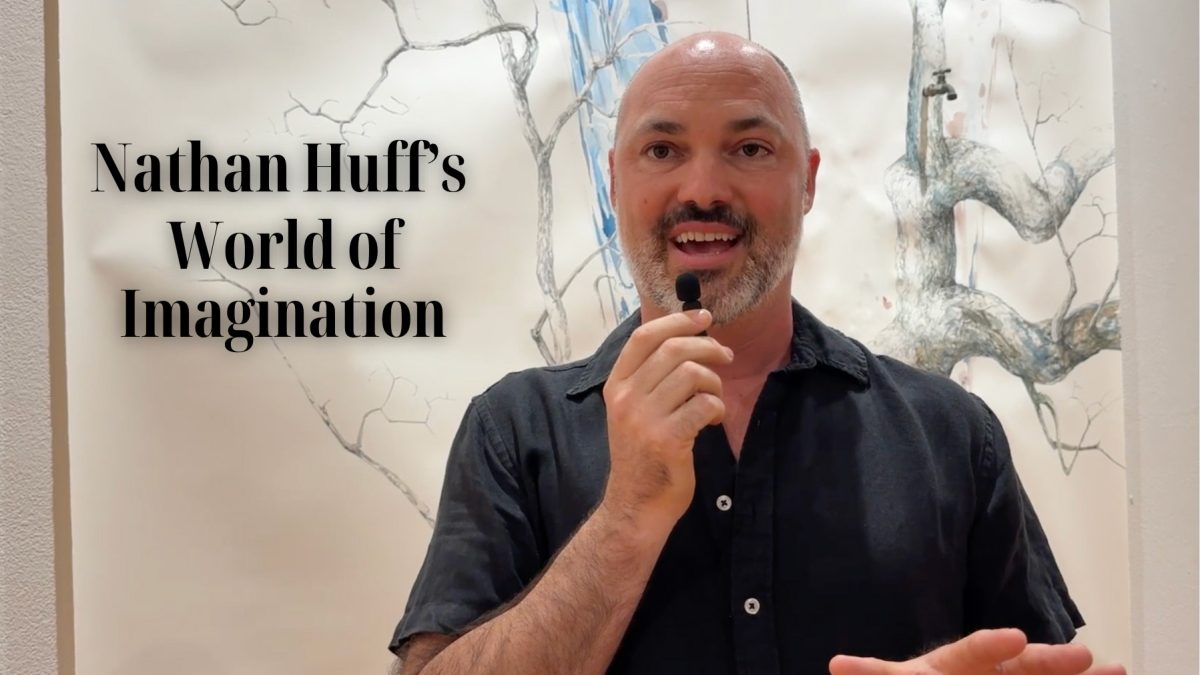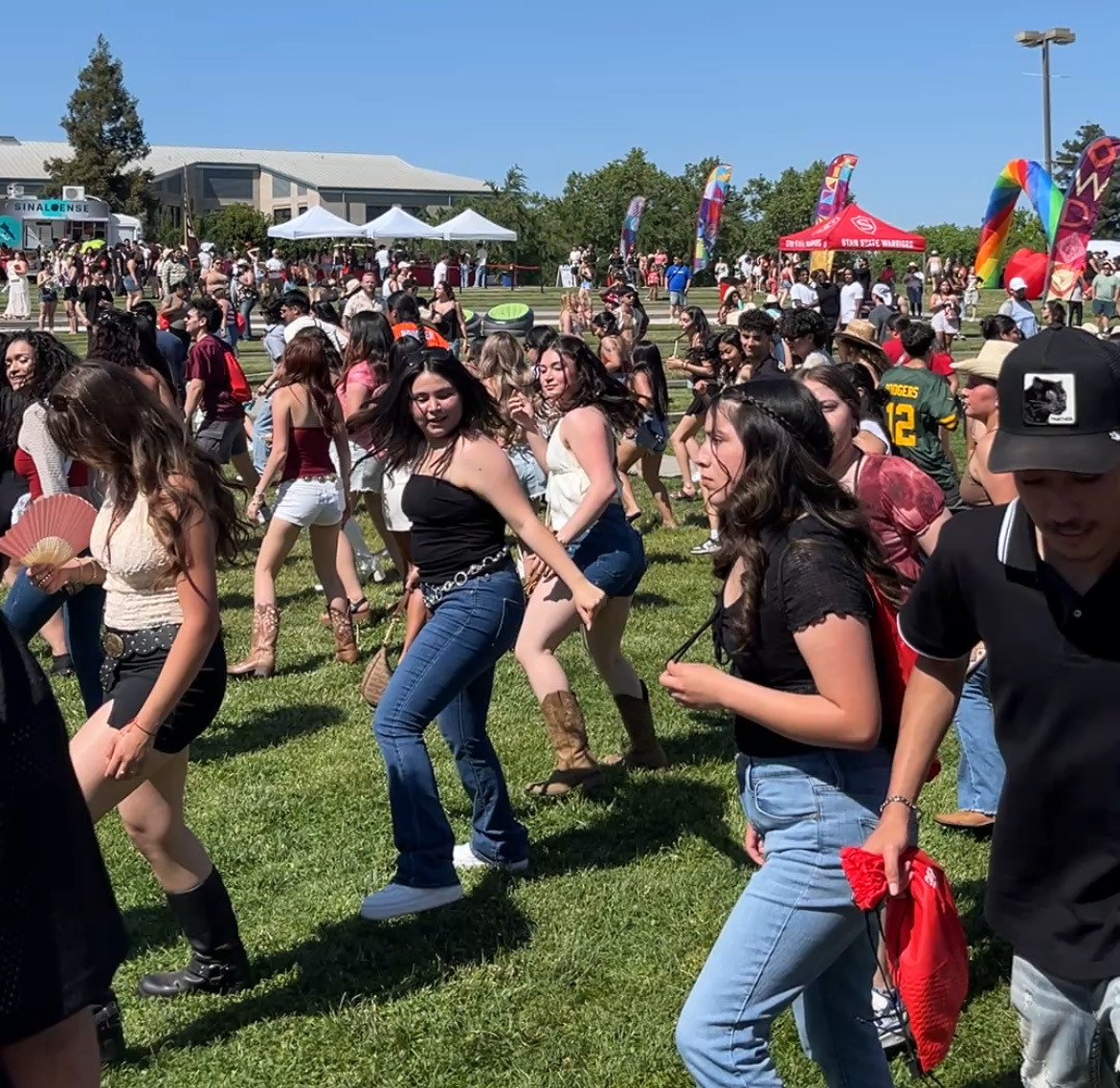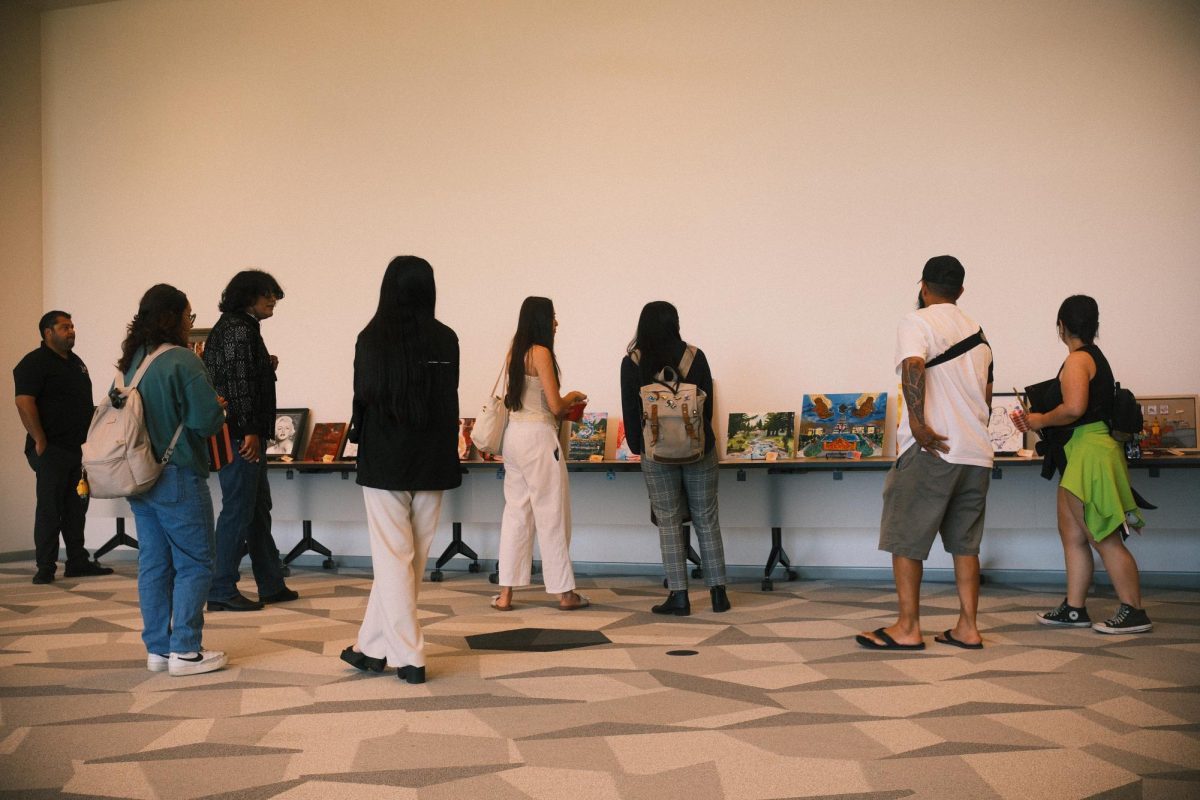While many campus programs have adjusted to virtual learning and instruction, there is one area of study that is still feeling the limitations of the online environment: filmmaking.
While video isn’t a common major among students of Stanislaus State, there are still many on campus, and even off campus, who struggle to get the necessary experience to get involved in the industry.
Jessica Gomula-Kruzic teaches digital media and animation at Stan State and is an advisor for the newly added Creative Media program. She has worked in video production for over 15 years.
Teaching oncampus has been complicated because of the restriction to online learning, but with video, it’s especially challenging because of the limitations on group projects and hands-on experience.
“All of the classes were moved online, which means that I have to teach students how to use the video cameras and the equipment over the internet, so there’s a lot of video tutorials for them,” explained Gomula-Kruzic.
This doesn’t just affect the learning experience for the students, but also the experimentation and exploration that comes with working on video projects of large magnitudes.
“Usually in the filmmaking classes, they (students) work in small groups that they can each specialize in a specific role for each project. This time, they’re all one man bands,” said Gomula-Kruzic.
While she has been able to substitute the group work with online tutorials and projects that are designed around the different parts of filmmaking, it doesn’t completely make up for the loss of that hands-on or in-person experience. This can be a disadvantage because these class projects provide an opportunity for students to explore different aspects of the medium, without having to take time off work or schooling to get experience.
The limitations on filmmaking isn’t isolated to just schools, as COVID restrictions led to massive losses for the entire industry. An article by the Observer states that the entertainment industry has lost around $30 billion dollars from the effects of the pandemic. This loss could be softened by the fact that this is occurring after one of the best years for the worldwide box office, with 2019 earning the industry over $42 billion dollars.
It’s important to remember that this industry isn’t all Hollywood stars and production companies, though. Many independent filmmakers have also been hit by the effects of COVID and the restrictions.
Stan State alumnus Luis Alcazar is the president of the video production company Video Vets. Alcazar says that, while working on set for a local film, there were many restrictions they had to follow just to work. He recalls, “We had a thermometer, so we had to check our temperature, had a lot of sanitizing stuff around, kept distance, always had to wear masks…”
While it was possible to work with these restrictions, the limitations made it very tricky to stay efficient and on top of things while on set. This can be rather frustrating for filmmakers, especially since this follows a period of several months where it was almost impossible to get work.
Much of Video Vets’ work is government focused, creating projects like documentary style promotions for many government agencies. “Our job just completely stopped…we were able to go and we tried to keep everything safe, but a lot of the government agencies were shut down,” Alcazar explained. “We got a lot of contracts during the pandemic, but couldn’t really do anything until everything (restrictions, stay at home orders) was done and over.”
Another local filmmaker affected by the pandemic is Conor Demings, former Signal reporter and recent Stan State graduate (Communication and Media Studies). Stan State’s campus closure went into effect during Demings’ final semester, as the effects of COVID began sweeping the nation.
While the changes to the campus didn’t affect Demings much since he already had the experience and equipment needed to complete projects, it’s the time after graduation that has been the hardest for him. “Not a lot of people are hiring right now,” Demings said.
Nevertheless, Demings was able to find an internship. “I was fortunate enough to find an internship locally…a local video production company that has let me edit for them and act as their grip.”
Despite these challenging conditions, the future for local filmmakers isn’t entirely negative. Local businesses and companies are realizing how important videographers are in these trying times.
“Everyone’s doing video now,” Alcazar says. “Now, it’s just us kind of learning new things that we can use to help companies.”
A similar mindset was echoed by Demings, encouraging local filmmakers to learn new programs in their freetime, like Audition or Indesign. Demings himself has been taking the time to learn After Effects, a digital effects program that is commonly used within the film industry, just to increase his skill set.
Students who wish to support local filmmakers may be uncertain about how to do so. Finding those currently working in videography can be rather tricky at first, but Gomula-Kruzic offered some resources that could be helpful.
“GoFundMe and Patreon are definitely still good ways to support projects that are just starting out or that are underway, but also attending virtual film festivals. A lot of film festivals have moved online and still buying tickets to attend those is an important thing for supporting films,” she explained.
For local creators who wish to find festivals to submit their work, Gomula-Kruzic recommends visiting FilmFreeway. To those who wish to support these local creators, keep an eye out for events or festivals showcasing films from the area, which are usually put on by local art organizations, like the Carnegie Arts Center or the Modesto State Theater. Finally, if you know any locally made movies, be sure to support those who took the time and effort to create them with a watch.

